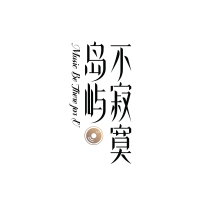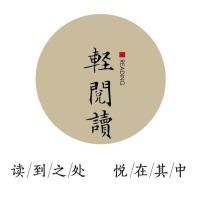Sepak Takraw: From Village Game to a Cultural Symbol of Southeast Asian Sport
A bicycle kick cuts through the tropical sun as a rattan ball traces a golden arc across the sky. This is not soccer, but the dazzling “aerial ballet” of Southeast Asia: Sepak Takraw.

(Children play Sepak Takraw in a village near Bagan, Myanmar. /CFP)
As early as the 11th century, the game was already depicted in murals and epics across the region. In Thailand it is called Takraw, in the Philippines Sipa, and in Myanmar Ching Loong.
Different names, yet the same lively scene: villagers forming a circle, keeping the rattan ball aloft with their feet, knees, or even foreheads, never letting it touch the ground. Once a centerpiece of festivals and temple fairs, the handwoven rattan ball carried community bonds passed down through generations.


(A man weaving a rattan ball for Sepak Takraw in a workshop. /CFP)
Crafting a traditional rattan ball was never simple. Artisans carefully selected rattan that was both flexible and strong, then soaked, peeled, and dried it through multiple steps to retain toughness without breaking.
The strips were woven with precision into a hollow sphere, usually from twelve or more pieces, forming an elastic pattern of hexagons and pentagons.

This entirely handwoven structure gave the ball its lightness and stability in the air, while also leaving the imprint and warmth of the craftsman’s hands.
Today, although synthetic-fiber balls are widely used in professional competitions to withstand high-intensity play, in many villages and local matches the rattan-woven ball is still regarded as the most authentic choice.

(The 2025 China-ASEAN Sepak Takraw Invitational, Malaysia vs. Myanmar. /CFP)
By the 20th century, Sepak Takraw had leapt from bustling streets into the professional arena. On a 13.4 by 6.1 meter court, as the net is pulled tight like that of badminton, a gravity-defying contest begins.
Players soar into the air, executing thunderous bicycle-kick smashes. Powerful volleys slice through the airflow, while spinning tornado strikes leave golden trails in midair. This unique athletic artistry has made Sepak Takraw one of the highlights of Southeast Asian sporting events, often featured at the Southeast Asian Games and other regional competitions.

(People play Sepak Takraw on a street in Yangon, Myanmar. /CFP)

(A Sepak Takraw game in a park in Bangkok, Thailand. /CFP)

(Locals playing Sepak Takraw at a temple in Malaysia. /CFP)
In Southeast Asia, Sepak Takraw is more than just a sport, it is a cultural bond. It can be found in schoolyards, fishing villages, and city parks, open to men, women, and children alike. For many young people, it is an inseparable part of growing up. For communities, it serves as a vital medium for unity, skill-sharing, and tradition.
In recent years, as Southeast Asian culture has spread internationally, Sepak Takraw has been introduced to Europe, the United States, and East Asia, becoming an important window into the region’s sports and folk traditions.

(People play Sepak Takraw at sunset on a beach in California, USA. /CFP)
On misty village courts at dawn or in city parks under night skies, the rattan ball soars amid cheers and laughter. It has long transcended sport, becoming a language that connects people, carrying with it skill, friendship, and pride.
With every airborne volley and agile leap, this handwoven ball sends passion and tradition further across the world.














